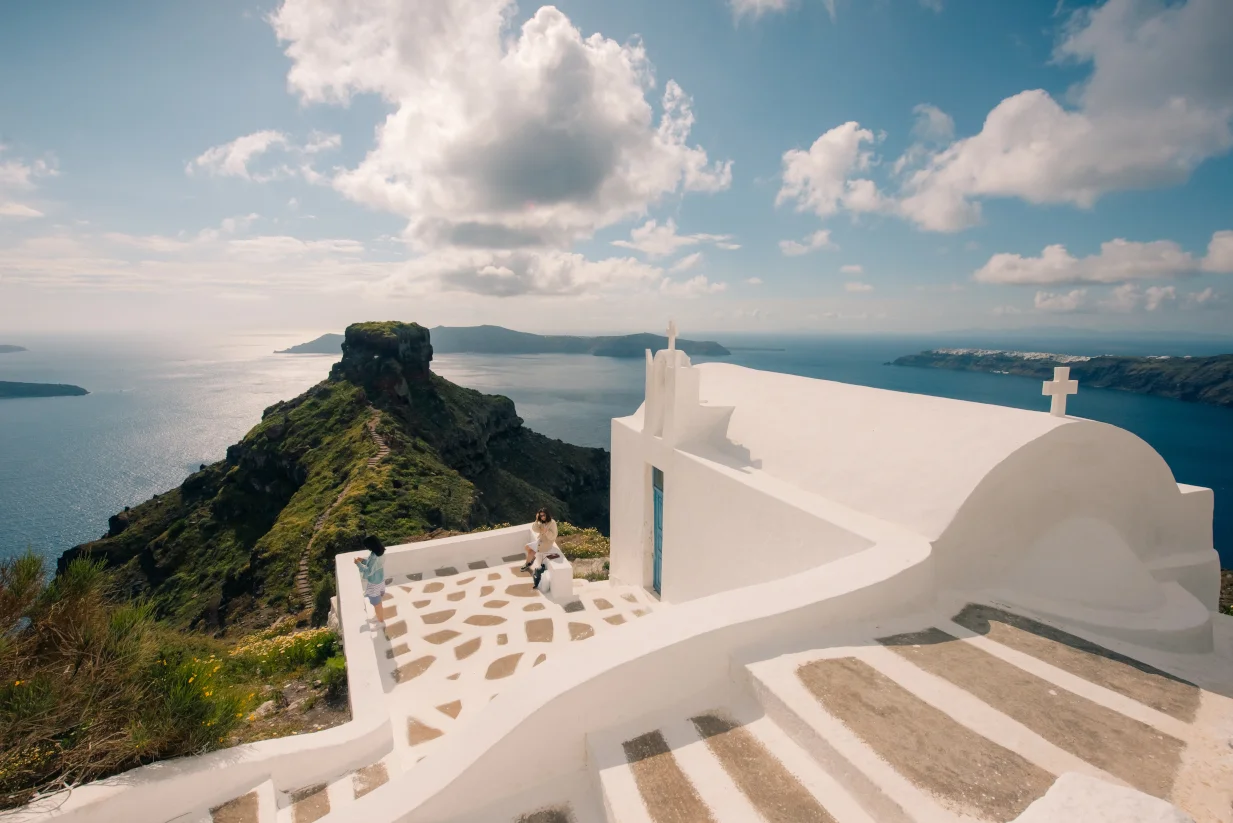The Caryatids of Amphipolis hide the secret of their origin on their tiptoes. According to some archeologists, the morphology of their lower limbs clearly indicates their Greek identity.
Others, however, are much more skeptical, pointing out that what is referred to in sculpture as the "Greek foot" may enhance the view of the Roman origin of the Caryatids.
The second toe in the statues is longer than the big toe. The third toe is also significantly smaller and thicker. This is the feature that has been preserved in art history as the "Greek foot".
The longer second finger was considered a specimen of noble origin, a doctrine that was strengthened, spread and enforced especially during the conquests of Alexander the Great. In stark contrast to the "Egyptian foot", a type in which the big toe protrudes, the "Greek foot" also established itself in Egyptian art, especially after the dynasty founded by Ptolemy, Alexander the Great's Macedonian general.
The "Greek foot" starts from the ancient Greek sculpture, goes over to the Roman one, is reborn with all kinds of neoclassical tendencies and is even used on the huge feet of the Statue of Liberty.
The same criterion is used to confirm the Greek nature of the imposing statues of women in the tomb of Amphipolis.
All in all, there is the "Egyptian foot", where the big toe is the longest and the rest gradually shrink, the "Roman foot", where the toes are about the same length, and the "Greek foot", where the second toe is longer.
The sandals
In the ancient vessels found in relevant sources, sandals are also found among the shoes of the ancient Greeks. They were associated with the ancient Greek drama, as their thick soles gave the actors the appropriate height and gave them an imposing superiority. According to historical sources, Aeschylus was the first to use them in the theater. Since then it has been found that tragic actors wear these costumes. Especially the actors who impersonated the gods. In "Frogs", for example, the god Dionysus wears sandals.
The Roman theater adopted sandals from the Greeks, but not so much because the actors on several murals in Pompeii depicting theatrical performances do not wear sandals.













